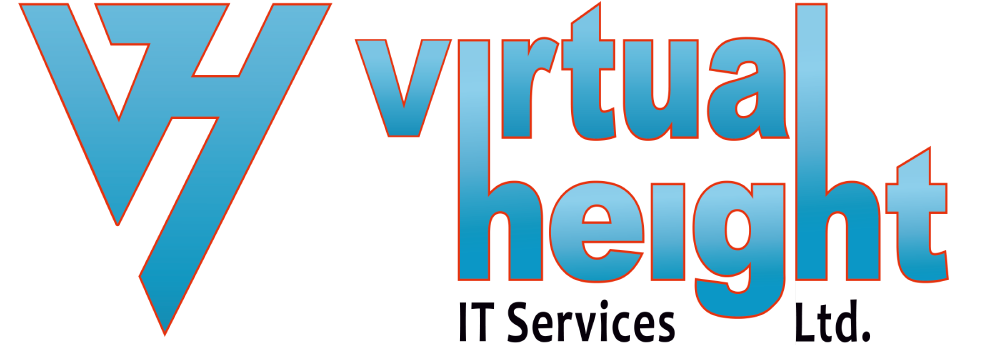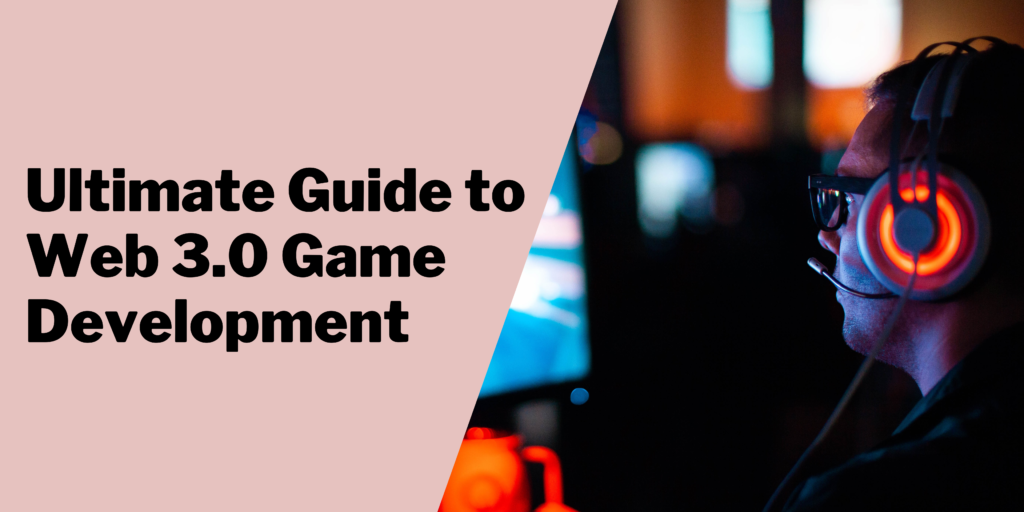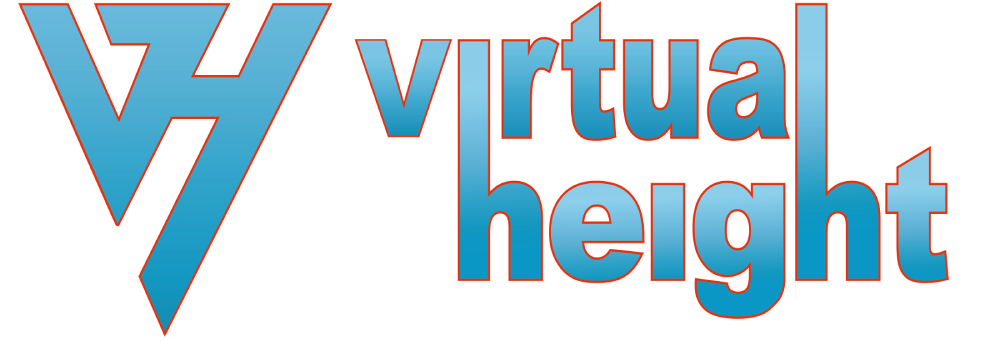Whether you are a developer, an entrepreneur, or a gaming enthusiast, This Guide will equip you with the knowledge and tools to stay ahead in this rapidly evolving field.
Best Software Tools for Mobile App Development in 2023
What is Web 3.0?
Web 3.0 refers to the third iteration of the internet, characterised by decentralised applications (dApps) that leverage blockchain technology. Unlike traditional Web2 applications that rely on centralised servers, Web 3.0 applications are built on decentralised networks, enabling transparency, security, and user ownership. The use of blockchain technology allows for the creation of unique digital assets, secure transactions, and verifiable scarcity, which are crucial aspects of Web 3.0 Game Development.
The Role of Blockchain in Web 3.0 Games
The Future of Web 3.0 Game Development
1. Enhanced Interoperability
One of the key advantages of Web 3.0 game development is enhanced interoperability. With the adoption of blockchain standards like ERC-721 and ERC-1155, game developers can create assets that can be used across multiple games and platforms. This interoperability opens up new possibilities for cross-game collaborations, allowing players to seamlessly transfer their assets and progress between different gaming ecosystems.
2. Play-to-Earn Mechanics
3. Decentralised Governance
Getting Started with Web 3.0 Game Development
1. Learning Solidity Programming Language
2. Choosing the Right Blockchain Platform
Several Blockchain Development offers robust infrastructures for Web 3.0 game development. Ethereum, with its established ecosystem and wide adoption, remains a popular choice. However, other platforms such as Binance Smart Chain, Flow, and Polkadot also offer unique features and scalability options. Carefully evaluate each platform’s capabilities, transaction costs, and community support to make an informed decision.
3. Collaborating with Artists and Designers
4. Embracing Community and Open Markets
Conclusion
As we step into the future of gaming, Web 3.0 game development presents endless possibilities for innovation and user empowerment. The advent of decentralised technologies, blockchain, and play-to-earn mechanics has reshaped the gaming landscape, attracting a diverse range of individuals to the world of gaming. By understanding the core concepts of Web 3.0, exploring interoperability, play-to-earn mechanics, and decentralised governance, you can position yourself at the forefront of this exciting revolution. Embrace the power of Web 3.0 game development and shape the future of gaming.



